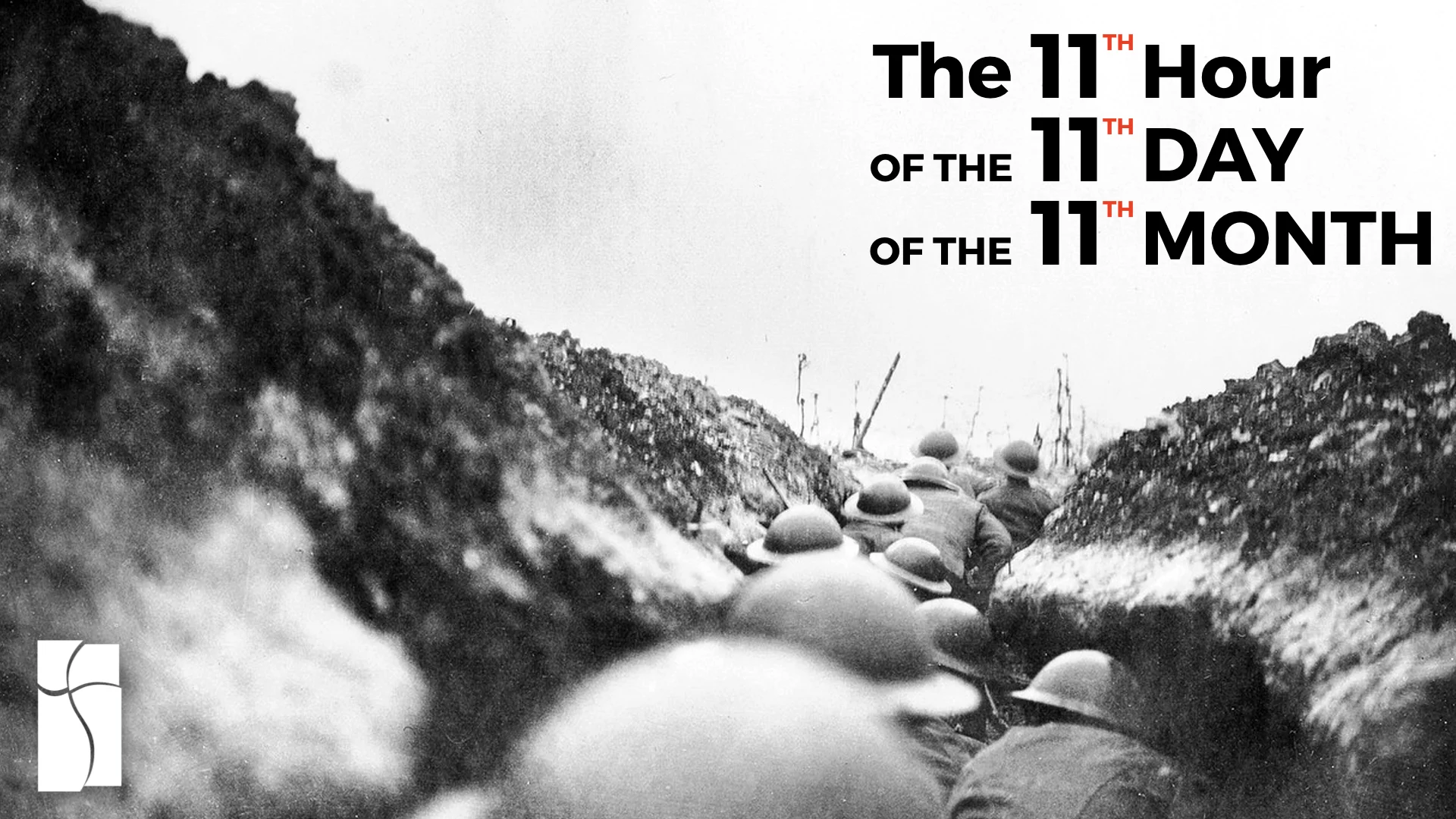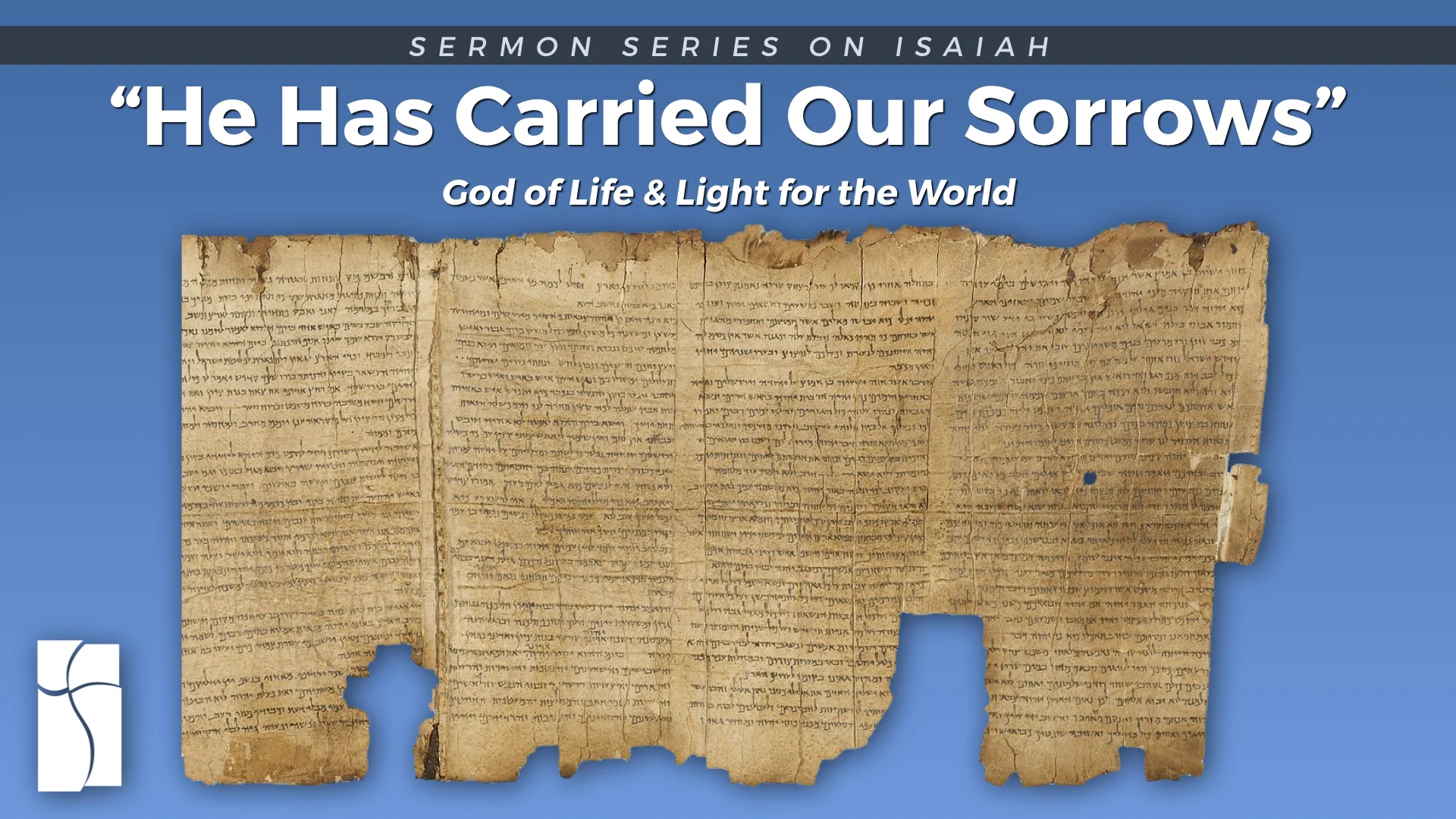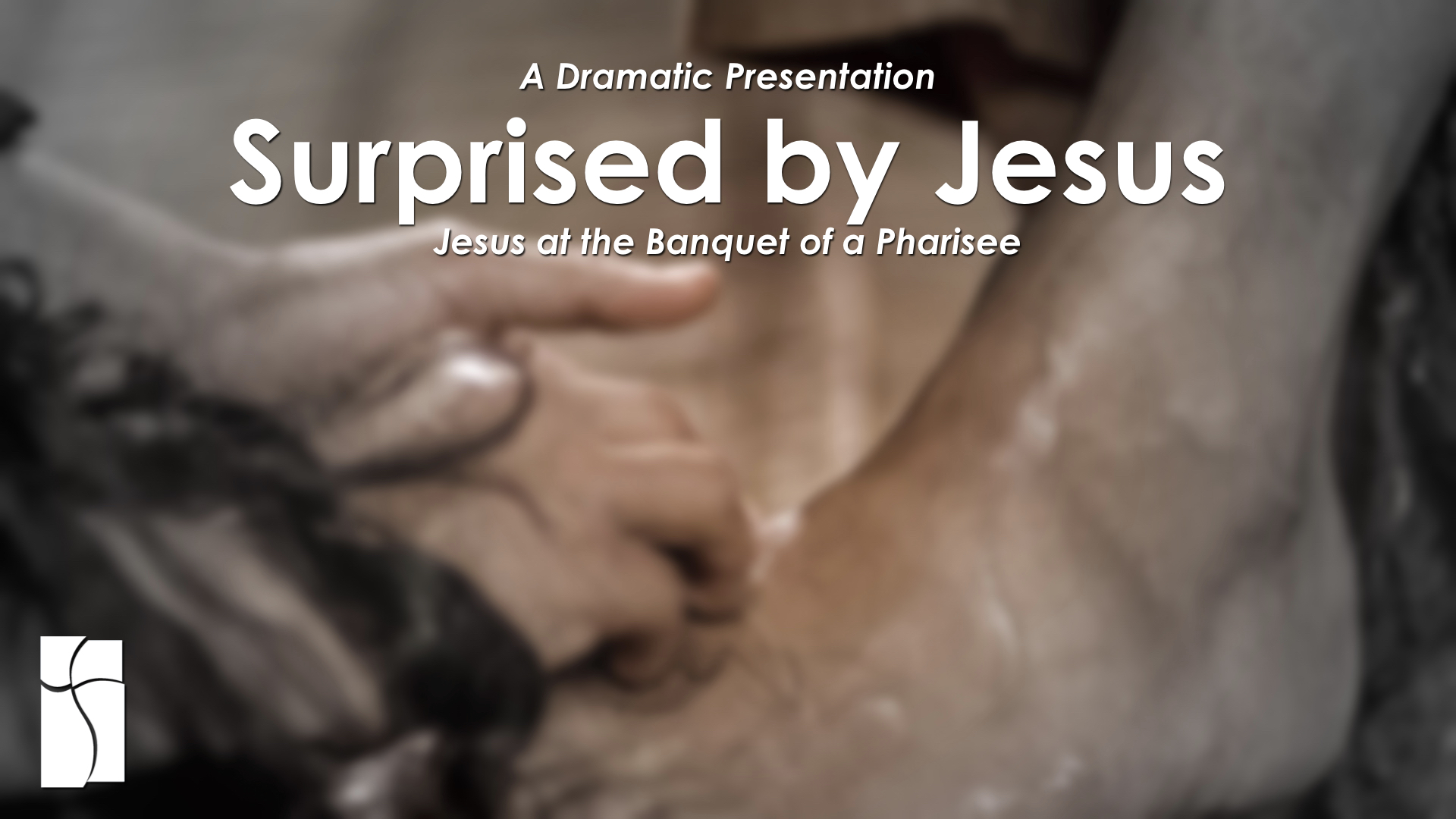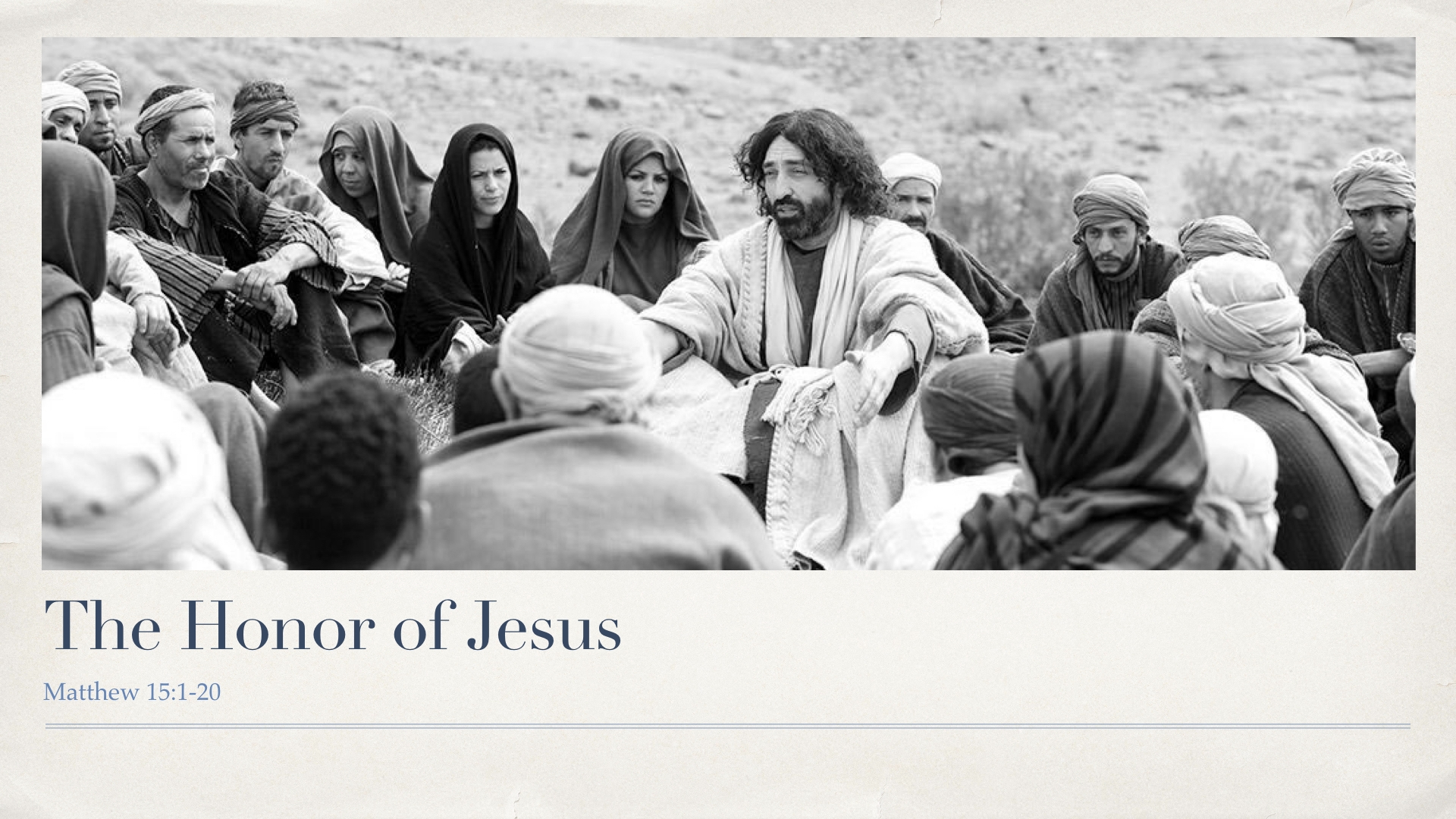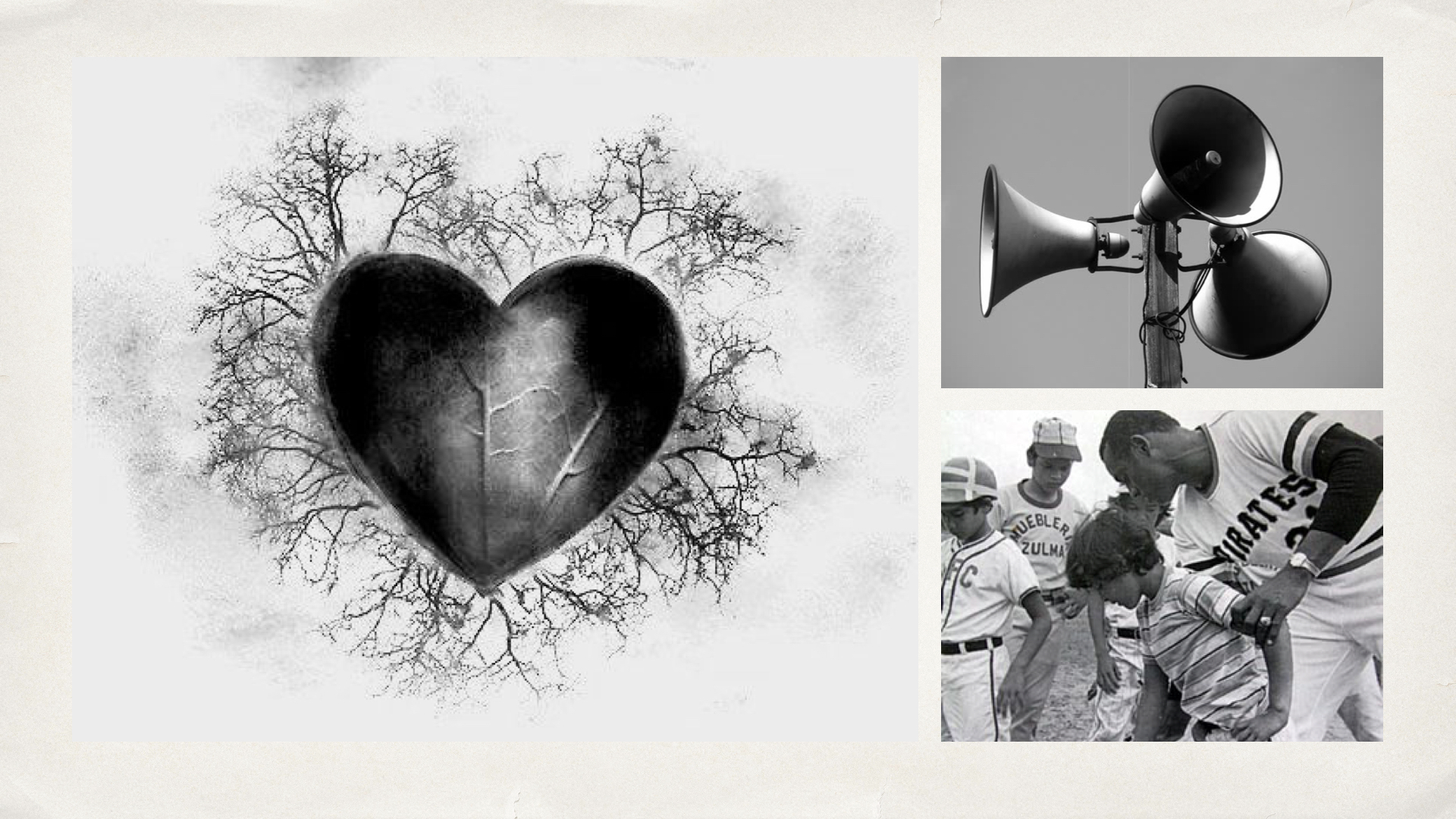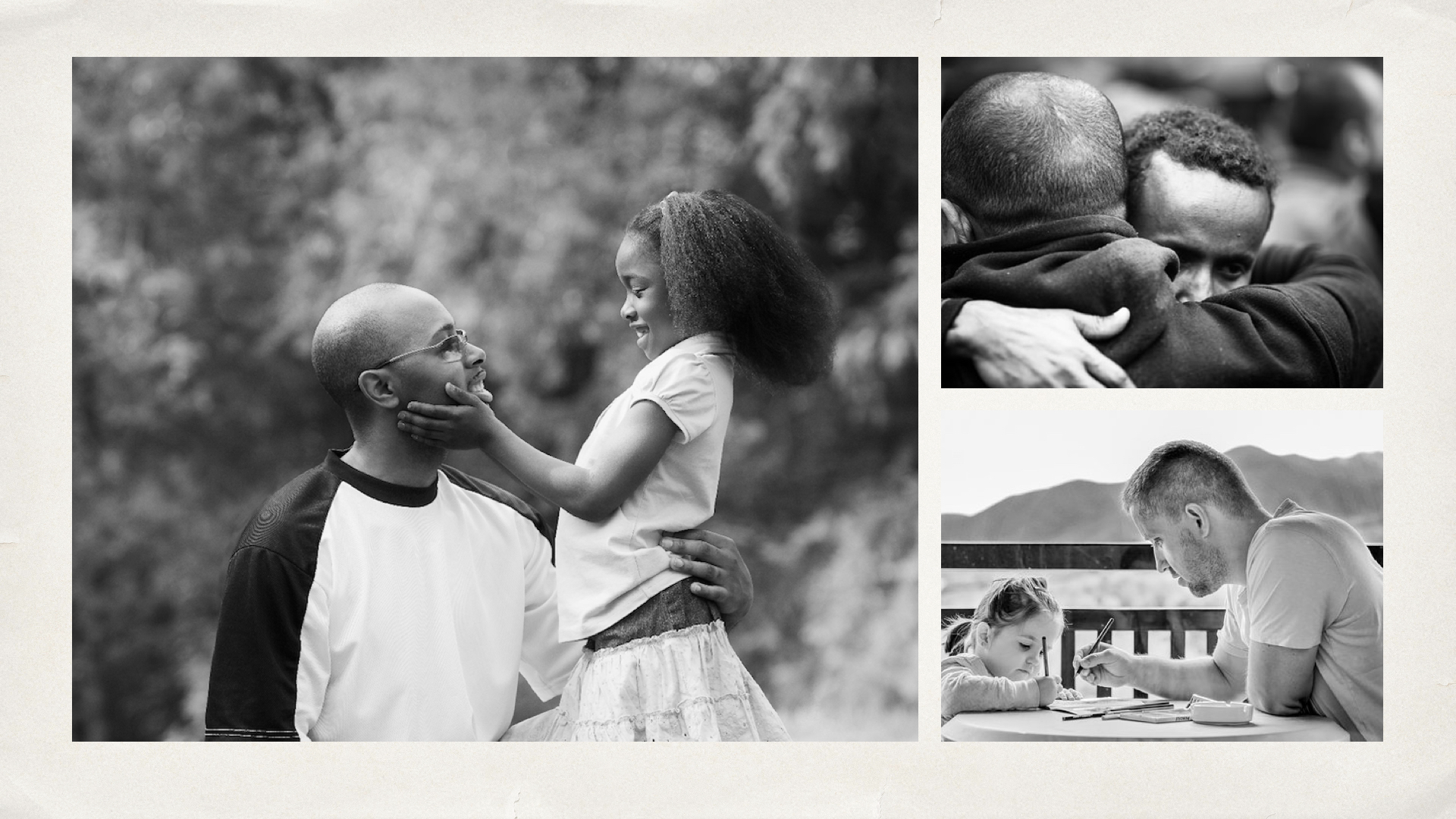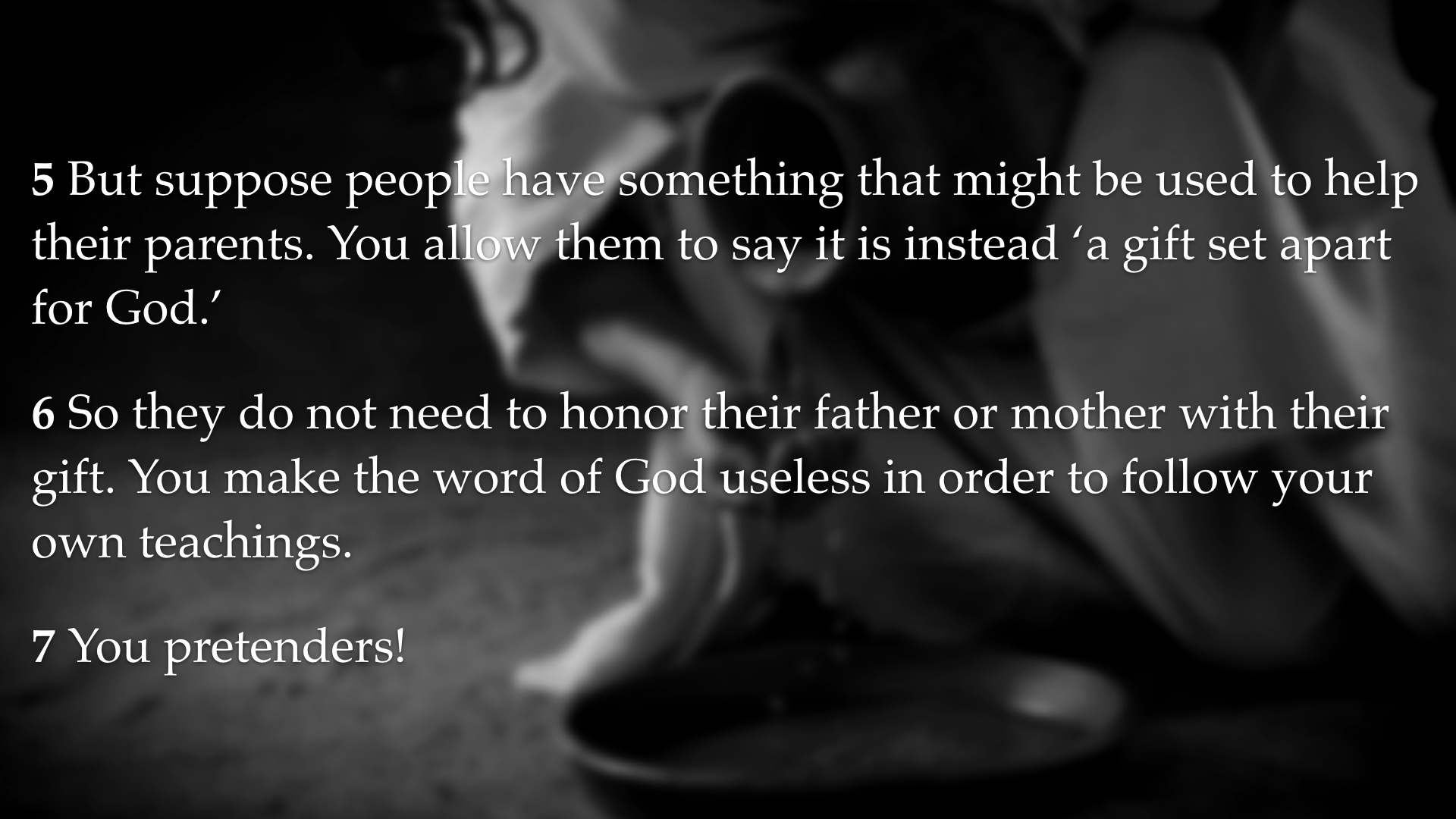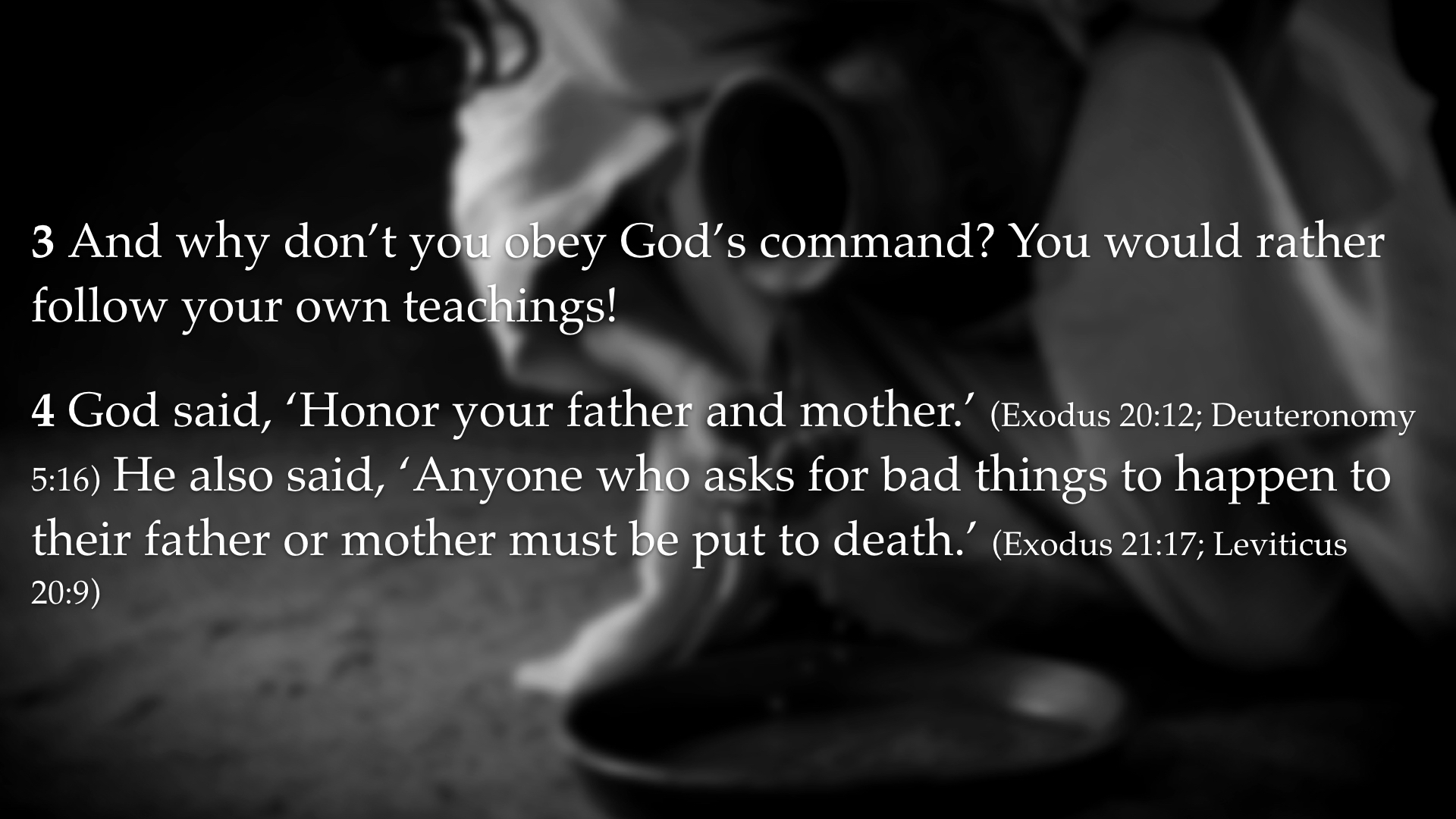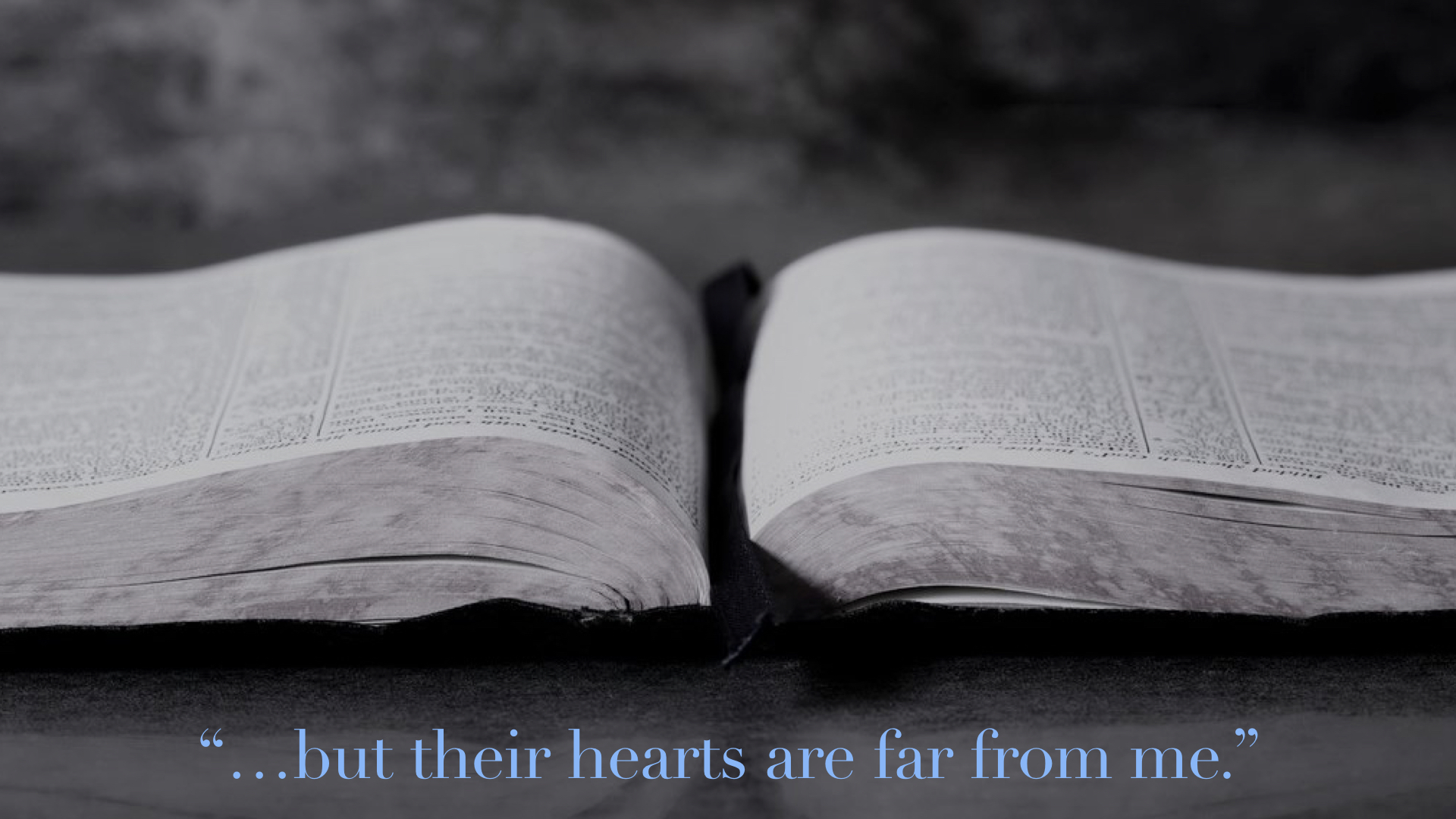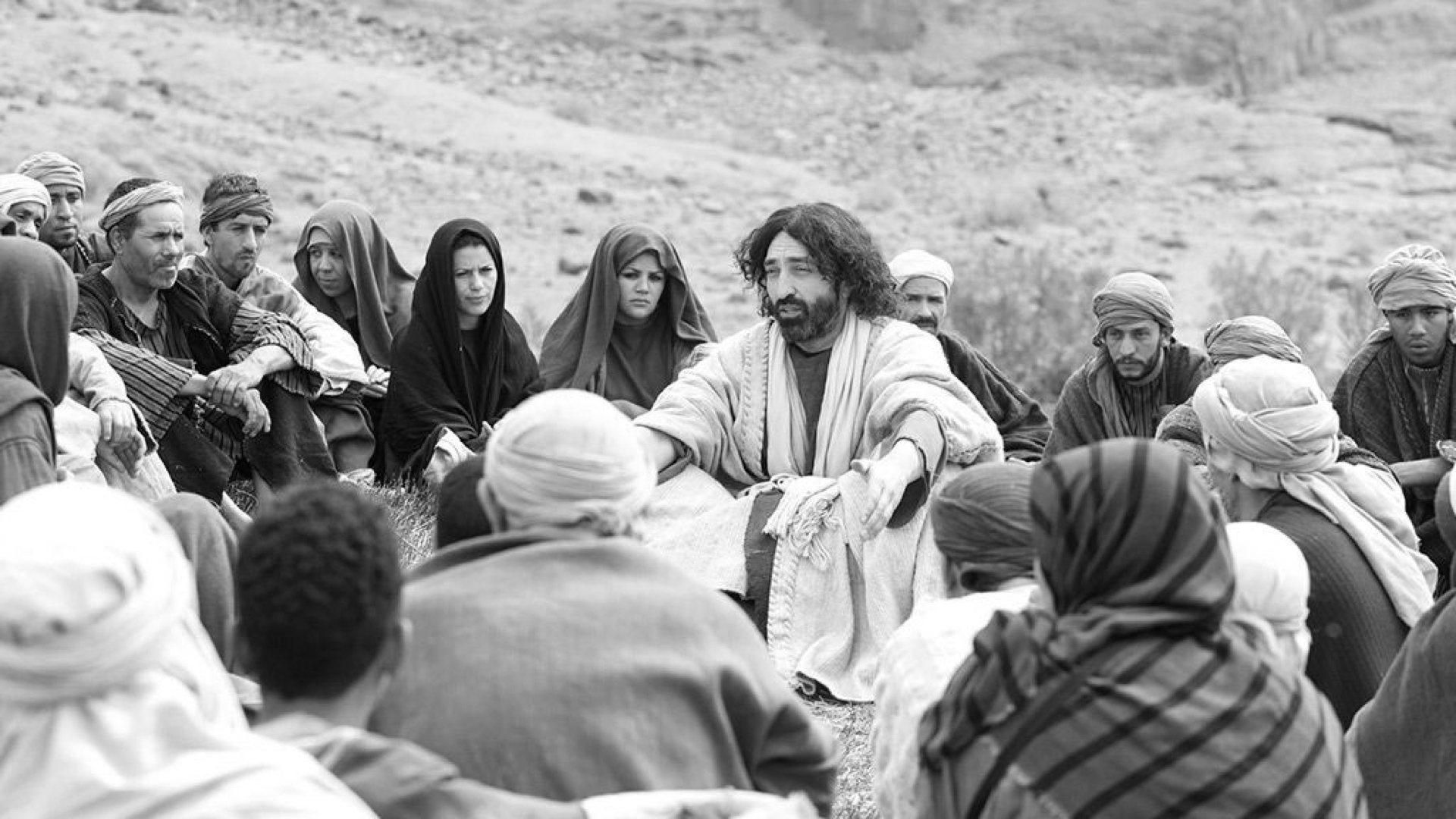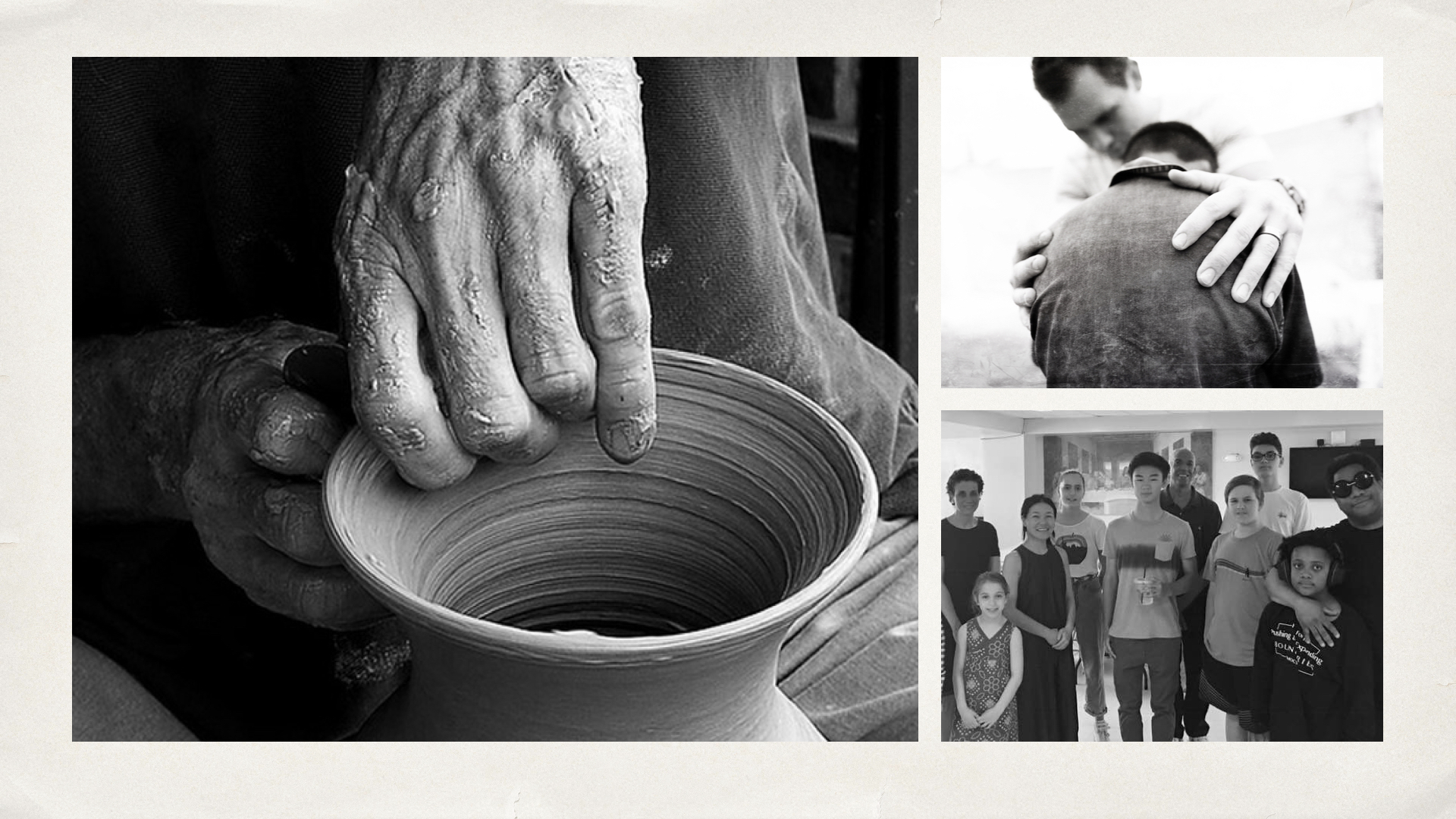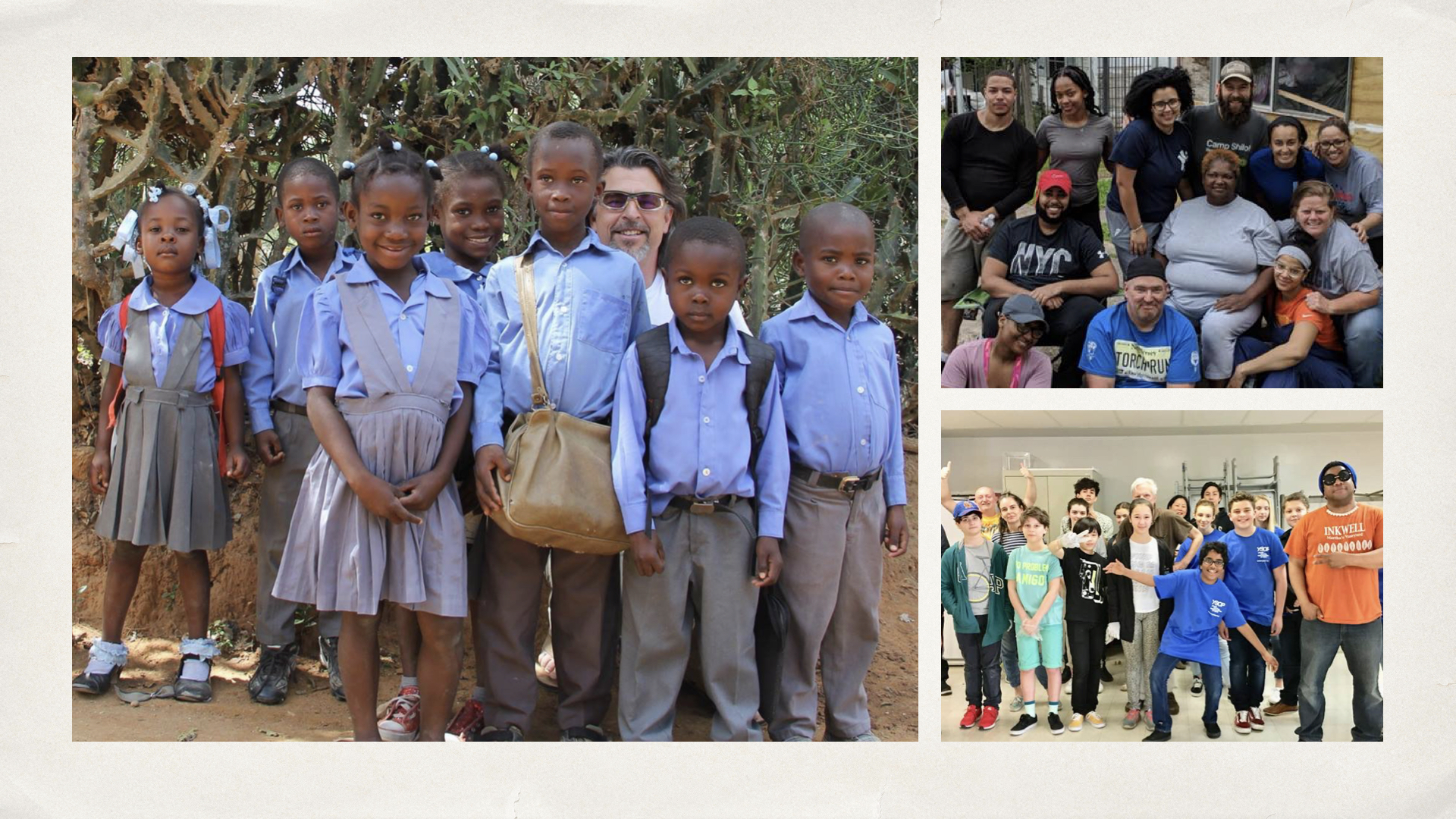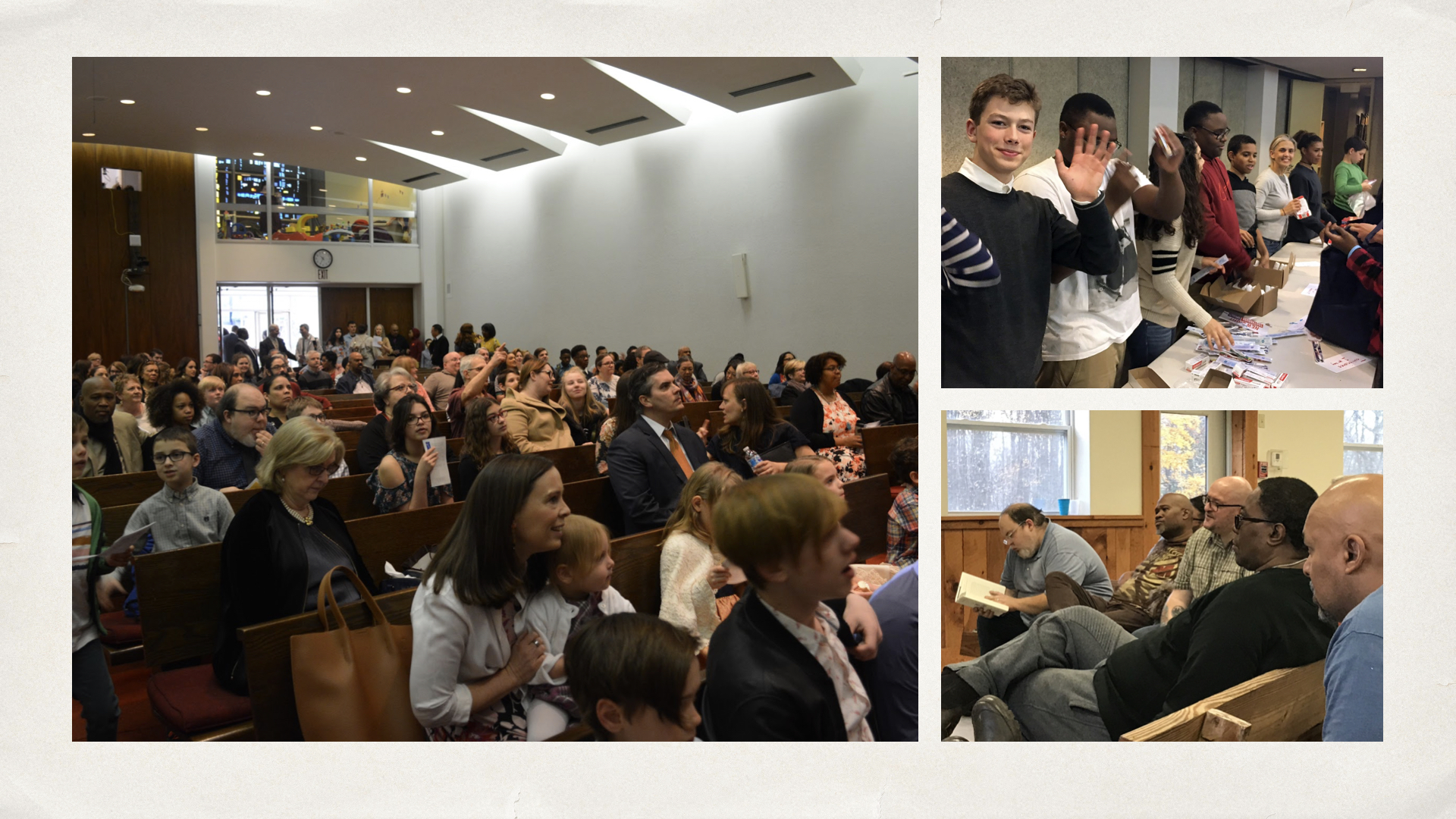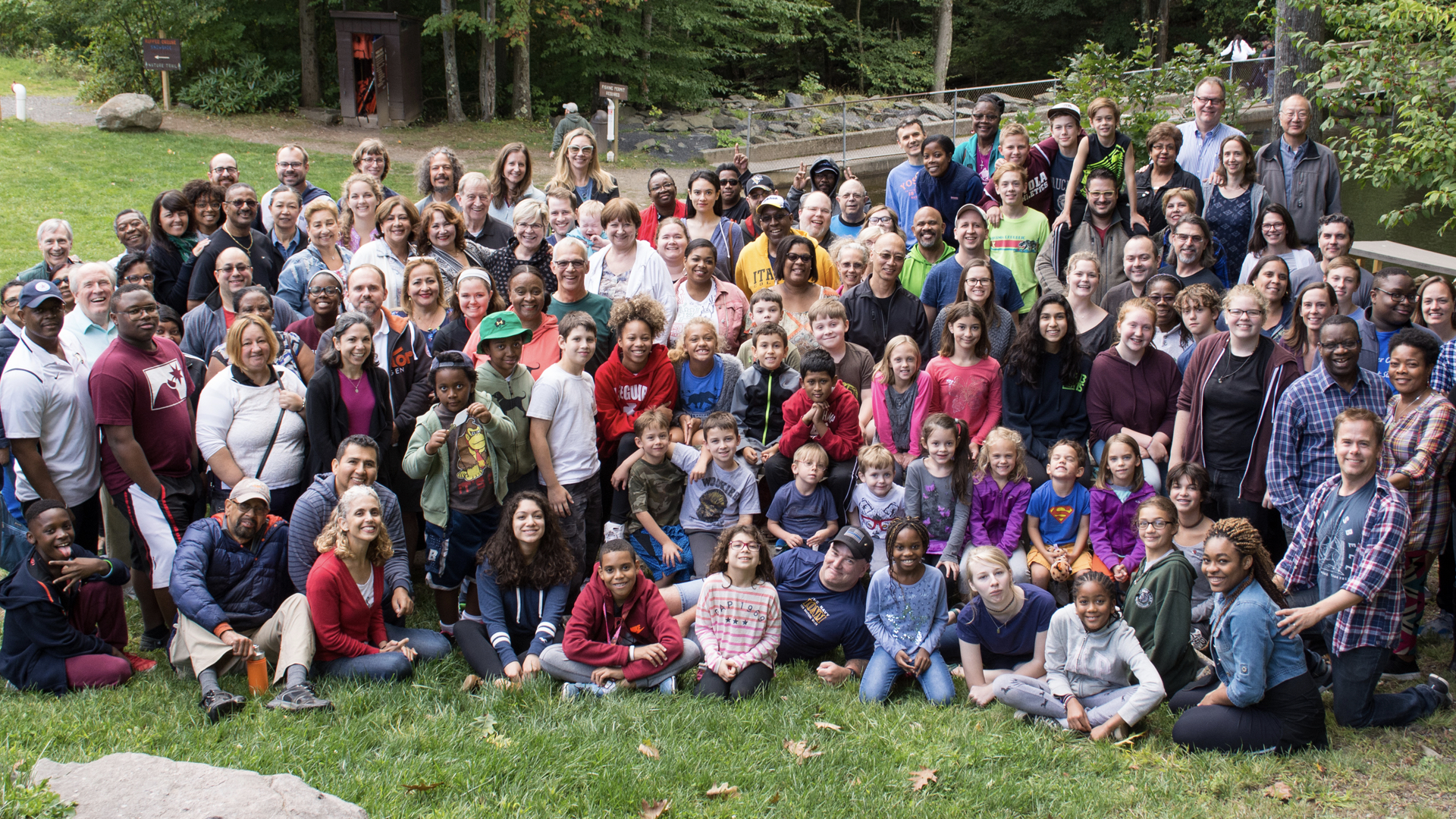Mark 13:6-8
The 11th Hour of the 11th Day of the 11th Month.
We arrive this morning at the hour when 100 years ago the guns fell silent at the end of the most destructive war the world had ever known: “the Great War” 1914-18.
Nearly 10 million dead or missing, 21.2 million wounded that 4 years earlier had been the pride and hope of their various nations. Armistice Day / Veterans Day.
We also are in a time of “peace” when there is a “mass shooting” on average about every day. Fires. Hurricanes. Floods. Global warming. We feel the trauma, the fragility of life, frustration at injustice, persistence of evil, the desire to know what really matters.
Jesus on the Mount of Olives looking at Herod’s Temple.
The disciples impressed with magnificence. Jesus knows the impermanence. Beware of deception. It is hard to keep clarity in the welter of “great” events. Wars and rumors of wars. Rise and fall of peoples, kingdoms. Famines, earthquakes. Evil, struggle. Things that seem cataclysmic and final aren’t. “Definitely going to happen...”
There is an end, a goal toward which God is moving, but it’s in the hands of God, not humans.
The Great War to end all Wars.

